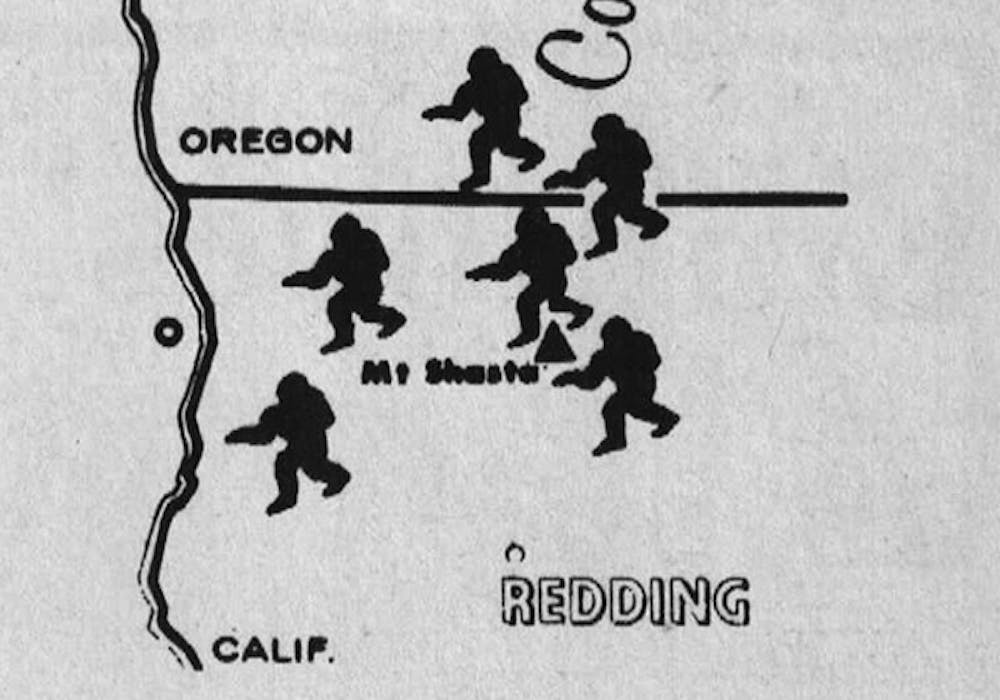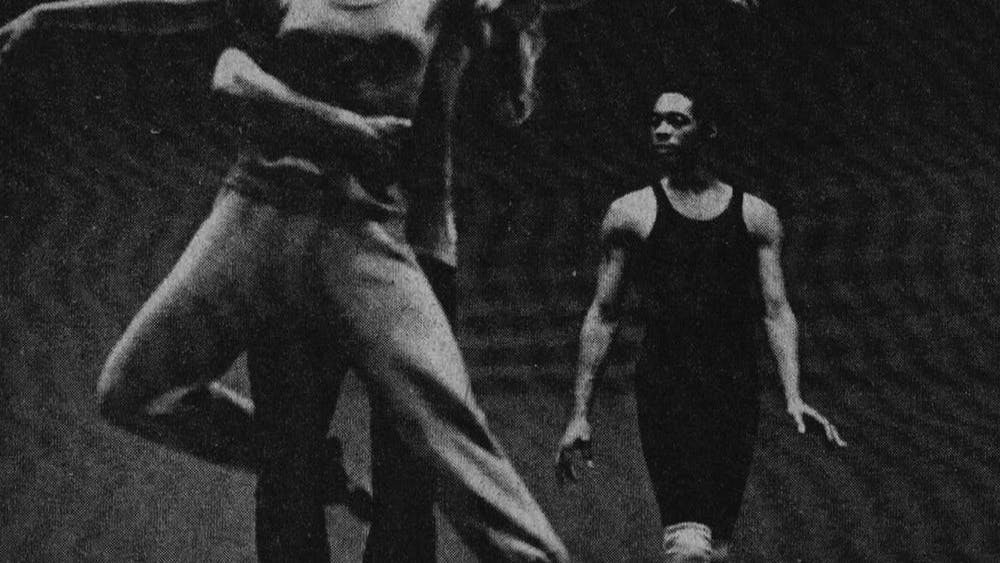Transcription: Group will hunt hairy half-tonner
By Bill Hill
Copley News Service
In British Columbia they call him Sasquatch-an Indian name for a giant.
Along the Pacific Coast states he’s known as Bigfoot, and in the Himalayas he has a cousin who’s called the Abominable Snowman.
He is at least 8 feet tall, weighs half a ton, is hairy like an ape and has never been caught, but his pursuers have photographed him in black and white, on movie film and now in living color.
And it is those color pictures, taken by Ivan Marx of Bossburg. Wash., that have touched on a new effort to track down the elusive subhuman creatures that a growing number of people claim to have seen in the mountainous regions of North America.
This time the International Wildlife Conservation Society, headquartered in Washington. D.C., is sponsoring a hunt which Peter Byrne, executive director, says will deliver one of the legendary man-like creatures in “6 to 12 months” under a program the society has funded for as long as 18 months.
The hunt will begin this spring.
Where? Byrne isn’t saying.
“I believe the animal to exist and to be a new specie of primate similar to the huge, primitive subhuman whose bones were discovered in China. These bones were estimated to be 20,000 to 25.000 years old,” Byrne said. The bones he referred to were found in 1963. One was a man-like jawbone with the teeth still intact.
The society plans to use harmless tranquilizers in the capture attempt.
If the effort is successful, the animal will be released after a scientific investigation according to Byrne, who announced the society’s plan recently In Colville, Wash.
These latest pictures, taken by Marx, have not been widely shown In order to prevent a mass invasion of the territory by the growing numbers of dedicated creature hunters, Byrne said. Bossburg, where Marx lives, is a small village in a sparsely populated section of northeastern Washington on the upper stretches of the Columbia River.






